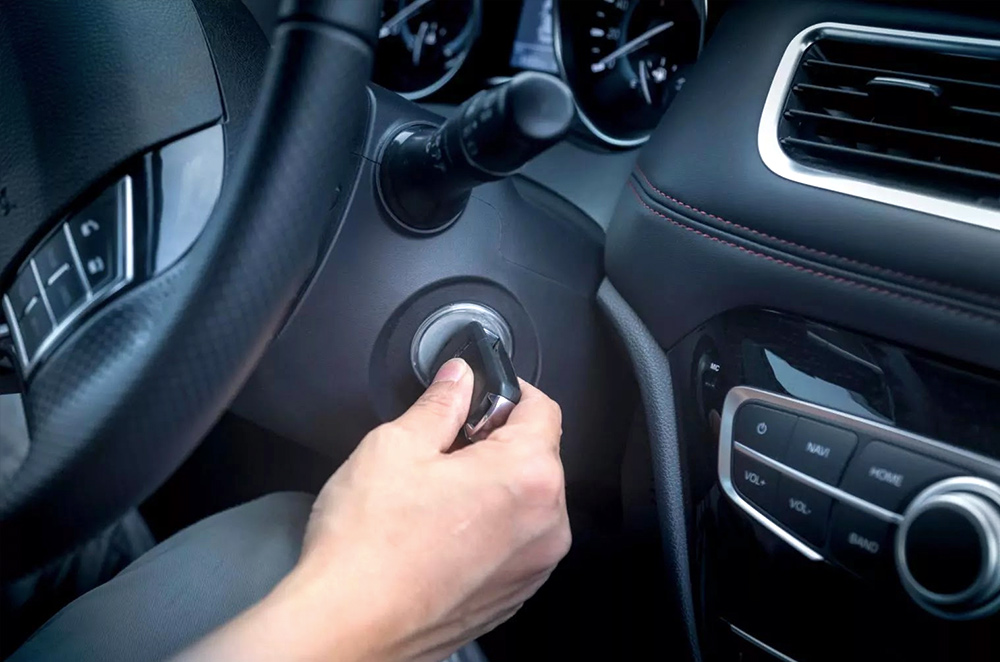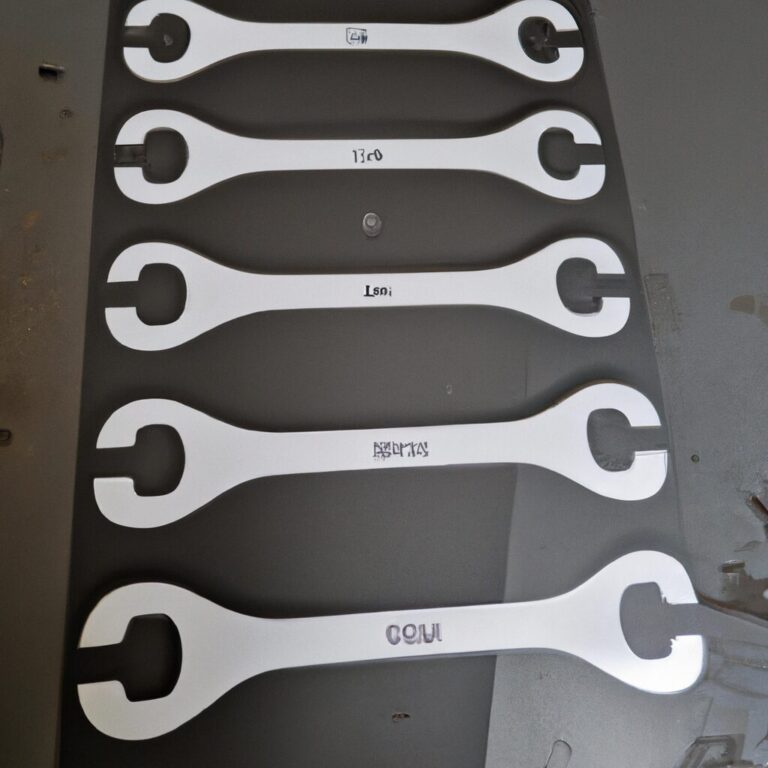How to Turn off a Car That is Still Running
To turn off a car that is still running, locate the engine’s ignition key and turn it clockwise until the engine shuts off completely. Remember to put the vehicle in park and engage the emergency brake for safety.
When needing to stop a running car, it is essential to follow proper procedures to avoid any potential risks or damages. Knowing how to safely turn off a car can prevent accidents and maintain the longevity of the vehicle. By understanding the correct steps to shut down the engine, drivers can ensure the safety of themselves and others on the road.
This skill is crucial in emergency situations or when dealing with a malfunctioning vehicle. Let’s explore the process of turning off a car that is still running in a simple and efficient manner to stay prepared for any scenario.

Credit: www.autodeal.com.ph
Reasons To Turn Off A Running Car
Properly shutting off a running car is crucial for safety and maintenance reasons. By following the correct steps, you can prevent engine damage, save fuel, and avoid unnecessary risks on the road. Learn how to turn off your car safely to ensure optimal performance and longevity.
Reasons to Turn Off a Running Car Safety Concerns When a car is left running unattended, it poses potential safety hazards. From the risk of theft to the possibility of the car rolling away, turning off the engine significantly reduces these dangers. It is crucial to prioritize safety by always turning off the car when it is not in use. Fuel Efficiency Turning off the car when it’s not in use can significantly improve fuel efficiency. Idle cars use up unnecessary fuel and contribute to environmental pollution. By promptly shutting off the engine, you are not only conserving fuel but also minimizing harmful emissions. Battery Preservation Leaving the car running places strain on the battery, ultimately shortening its lifespan. By turning off the car when parked or not in use, you can preserve the battery’s longevity and reduce the likelihood of unexpected breakdowns due to battery issues. By understanding these reasons to turn off a running car, you can make informed decisions to promote safety, increase fuel efficiency, and preserve your car’s battery.Step-by-step Guide To Turning Off A Running Car
Ensure the car is in a safe location
Turn the ignition key to the off position
Additional Tips And Precautions
Avoid Turning Off The Car While Driving
Do not attempt to shut off the car while in motion to prevent potential accidents.
Be Cautious Of The Car’s Temperature
Monitor the engine temperature before turning off the car to prevent overheating issues.
Consider Consulting The Car Manual
Refer to the vehicle manual for specific instructions on safely turning off the car.
Check For Any Warning Lights Or Indicators
Look for any warning lights that may indicate issues before shutting down the vehicle.
Ensure Proper Maintenance
Regular maintenance helps prevent unforeseen complications when turning off the car.

Credit: www.autodeal.com.ph
Common Mistakes To Avoid
When it comes to turning off a car that is still running, there are a few common mistakes that drivers should avoid. These mistakes can not only be inconvenient but also potentially dangerous if not handled properly. Knowing what these mistakes are and how to avoid them can help ensure the safety of both the driver and the vehicle.
Forgetting To Engage The Parking Brake
Forgetting to engage the parking brake before turning off the car can lead to the vehicle rolling away if parked on an incline. Always ensure that the parking brake is engaged before shutting off the engine, especially on sloped surfaces.
Leaving The Car In Gear
Leaving the car in gear when turning off the engine can result in unintended movement if the clutch is released. Prior to shutting off the car, ensure that the gear is shifted to neutral to prevent any unexpected motion.
Turning Off The Car While It’s In Motion
Turning off the car while it’s in motion can lead to a loss of power steering and braking, posing a significant safety hazard. It is crucial to bring the vehicle to a complete stop before turning off the engine to avoid this dangerous situation.
Ignoring Warning Lights Or Indicators
Ignoring warning lights or indicators can lead to potential damage to the vehicle. Always pay attention to any warning lights on the dashboard and address any issues before turning off the engine to prevent further damage or mechanical issues.
Faqs
When it comes to turning off a car that is still running, you may have some questions. We’ve compiled the most frequently asked questions to help you understand the process and ensure you do it safely. Read on to find the answers to your queries!
Can I Turn Off The Car While It’s In Gear?
Many drivers wonder if it’s safe to turn off their car while it’s still in gear. The short answer is no. Turning off the car while it’s engaged in gear can cause damage to the transmission and other important components of the vehicle. It’s crucial to shift the car into neutral before turning it off. By doing so, you prevent unnecessary strain on the transmission and ensure a smoother start the next time you use the car.
Will Turning Off The Car Affect The Battery?
Turning off your car will not affect the battery negatively. In fact, it helps conserve battery life. When your car is running, the alternator charges the battery to ensure it maintains a proper charge. However, if a car is left idle for an extended period, the battery may drain. By turning off the car, you prevent unnecessary battery usage and allow it to retain its charge for longer periods.
How Do I Know If It’s Safe To Turn Off The Car?
Knowing when it’s safe to turn off your car is important to avoid any potential damage or accidents. Here are a few indicators to help you determine if it’s safe:
- Make sure the car is in a complete stop and not in motion. Look for signs such as the car being parked or at a traffic signal.
- Ensure the engine is at a normal operating temperature. Turning off the car when it’s overheated can cause damage to the engine.
- Check that all electrical devices, such as headlights and radio, are turned off. Turning off the car with these accessories still running can drain the battery unnecessarily.
- Verify that you’ve applied the parking brake. This helps keep the car stable and prevents it from accidentally moving when turned off.
By keeping these factors in mind, you can ensure it’s safe to turn off your car without any adverse effects.

Credit: m.youtube.com
Frequently Asked Questions Of How To Turn Off A Car That Is Still Running
Can You Turn Off A Running Car?
Yes, you can turn off a running car by turning the key in the ignition to the “off” position.
How Do You Completely Shut Down A Car?
To shut down a car completely, turn off the engine, remove the key, ensure all lights and accessories are off.
Why Is My Car Still Running When I Turn It Off?
Your car may still run after turning it off due to a malfunctioning ignition switch or ignition system. It needs immediate check-up by a mechanic for proper diagnosis and fix.
What To Do If Your Car Won’t Stop?
If your car won’t stop, stay calm and try to steer the vehicle to a safe place. Apply steady pressure to the brake pedal and try shifting into lower gears. If that doesn’t work, turn off the ignition and engage the emergency brake.
Seek professional help immediately.
How Do You Turn Off A Car That Is Still Running?
To turn off a running car, simply locate the ignition key and turn it counterclockwise until the engine shuts off.
Can You Turn Off A Car While It’s In Gear?
Yes, you can turn off a car even if it’s in gear. However, it is recommended to shift into neutral or park before turning off the engine to avoid any potential accidents.
What Happens If You Turn Off A Car Without Shifting To Neutral?
If you turn off your car without shifting to neutral or park, the engine will suddenly shut off, causing it to stall. This sudden shutdown could potentially damage the engine or other mechanical components.
Conclusion
Knowing how to turn off a running car is crucial for safety and maintenance. Whether it’s a manual or automatic transmission, following the correct steps can prevent damage and accidents. By understanding the process and taking necessary precautions, you can ensure proper shutdown and extend the life of your vehicle.


